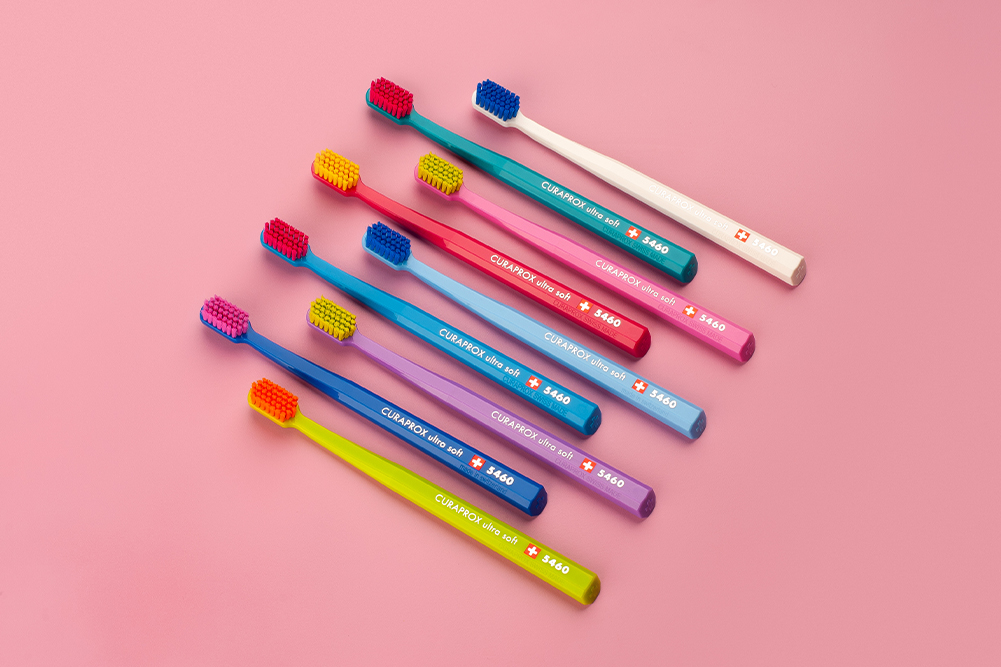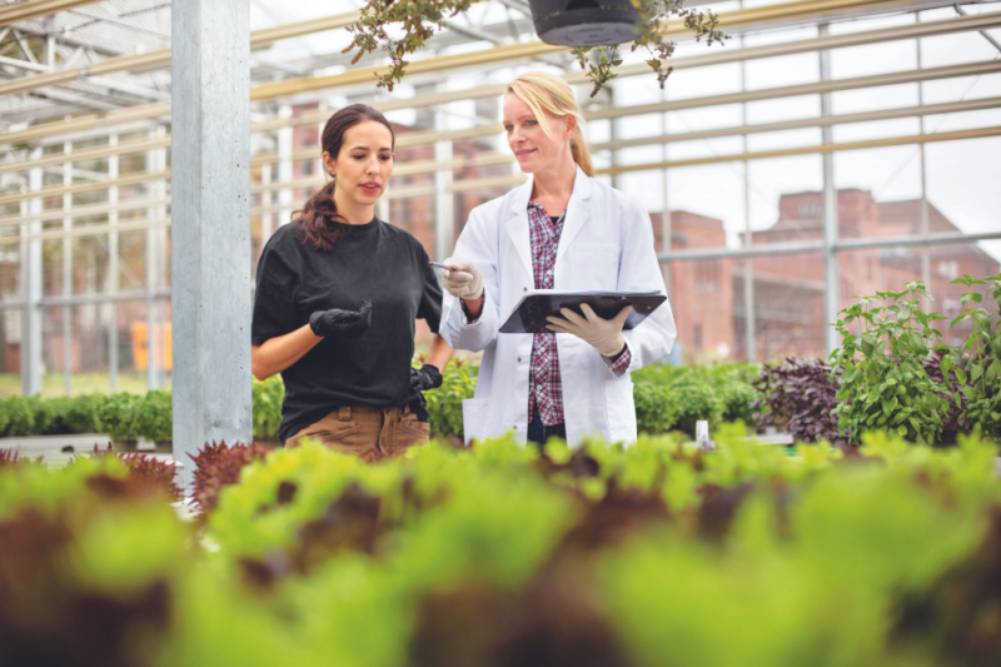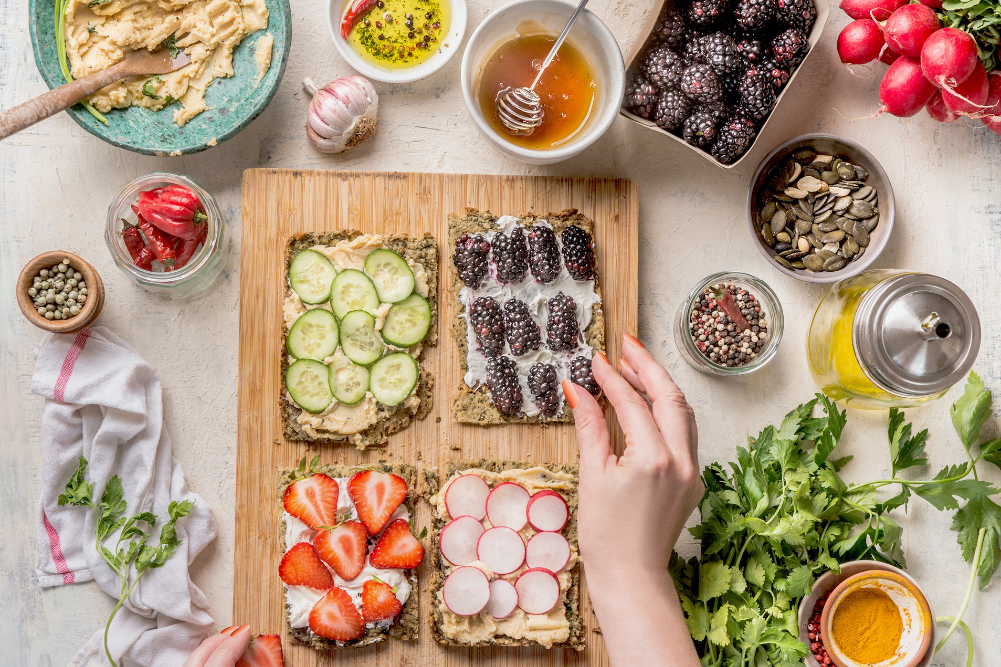Blending Art and Plant Science: The Creative Journey of Artist Cat Jones
Artist Cat Jones is best known for merging the art and plant science worlds, working in collaboration with neuroscientists, physiotherapists, biologists and botanists to create performative art. While it may seem like an odd pairing to some, working in both worlds is inherent for Jones, who grew up surrounded by nature and with art and science featuring strongly throughout her childhood.
After living in Papua New Guinea for several years, Jones and her family moved to Queensland, spending much time outdoors, on the road, visiting creeks, swimming in rivers and working on farms.
“That is very much part of my identity: closeness to nature,” Jones says. “It’s very present when you live up north [in Australia].”
Her mum has always been a keen gardener and would create “magic with plants” wherever they lived. “She’s created these mini rainforests in conditions that aren’t necessarily rainforest conditions — yet she seemed to be able to manage it.”
Similarly, science was always of interest and a central part of family discussions. Today, one of Jones’ sisters works in health and environmental science, and another is a marine biologist.
The artist distinctly remembers attending a university open day, where her sister was part of a demonstration at a laboratory theatre. It was unlike the usual music and drama theatres she had spent time in, and she was fascinated by the room and set-up.
“It was a very simple demonstration, but it resulted in this giant explosion and the formation of an object,” Jones recalls. “The theatre, the way it was set up, was so performative. It was so spectacular. It elicited this incredible roar from the audience.
“I immediately saw the spectacular part that science can be. It drove this sense of curiosity after the event, and I think that’s something that has carried through into the work that I make, especially because I keep remembering that love.”
And then there were the arts. Jones’ father was “a bit of a pen man”; her grandfather was an artist and her grandmother came from a long line of European artists, sculptors and creators. Jones’ mother was also a theatre director and producer. Later in life, when she became a teacher, she would direct school musicals.
“I sort of grew up back of house, hanging around rehearsals and things. So that was very much inherent. Often, the whole family was involved in creating sets. But she never cast me. I was always relegated to the chorus because she was very conscious of nepotism.”
Instead, Jones would write and create her own plays and performances at school. She later trained in directing and playwriting, specialising in acting at university. It was here, and in the successive years following, that Jones started experimenting to find her unique process and practice, incorporating different forms of art styles, from writing to multimedia performances.
“I just started to feel the need to incorporate all these kinds of visual aspects,” she explains. “They were partly written and spoken, but they were augmented by slides of photography that I’d taken or video.”
Jones started collaborating with a sound artist, who she says was key in her artistic transition. “We worked for a long time together, and at a certain point she reflected back to me that part of my writing process was deeply scientific and that it was embedded in the concept. That conversation really got me thinking over the next few years about how I make art and what I was making it about, or where I would look for new ideas and stories and to really own that part.”
Jones continued developing her approach, experimenting with different art styles. In 2002 she received a grant from the Australian Network for Art and Technology (ANAT) to participate in a workshop with Troika Ranch dance theatre and to learn Isadora, interactive audiovisual software used in live performances and installations.
“I was really interested in how audiovisual media could be as responsive and dynamic as live performance. It was early days for this kind of software becoming used in performance as well as being made accessible for artists,” she says.
As part of the same trip to New York, Jones also participated in The Kitchen’s summer lab, a two-week residency with a cohort of international artists. Jones worked on her own projects, collaborated with fellow artists, undertook workshops by American artist Laurie Anderson and artist and choreographer Bill T Jones and witnessed an intimate performance by Yoko Ono. “That was a huge turning point for me,” she says. “I finally found and identified what it was that I really needed to learn in order to go to the next level. That was amazing.”
Pondering plants
It wasn’t until her father’s passing about 10 years ago that Jones started to blend horticulture with neuroscience in her work. “After my father died, I started gardening, and it was an incredibly healing experience,” she says.
“I got more and more interested in plants and the ecology of the garden, but also the effect of gardening on how you felt — the physiological effect of being in nature so closely.
“I was really fascinated by the sense of loss and the way that plants can affect us physiologically through consumption and, without us knowing, through volatile chemical communication. This whole mix of ideas was kind of stirred up for me, and I was fascinated about how they might connect.”
Jones had tried to get the idea off the ground for several years, but it wasn’t until she was awarded a creative fellowship from the Australia Council for the Arts that she embraced this work fully. The fellowship allowed her to work full-time for a year and travel the world to attend plant science symposiums and meet scientists, artists and historians who worked with plants.
“The fellowship was really quite life-changing,” the artist says. “I had these ideas, and I couldn’t quite find the right way to develop that, and then the Australia Council gave me that incredible support.
“I heard first-hand from all of these scientists working in these ground-breaking areas of different aspects of plant science and adaptive behaviour,” Jones adds.
The fellowship was extremely fruitful. Jones created several different artworks and, to this day, continues to create work based on the knowledge, experiences and partnerships from her research. “That [research] will last me a very, very long time,” she says.
The first work she made with this method was Plantarum: Empathic Limb Clinic. Based on the rubber hand illusion, Jones created a mobile field laboratory where she would invite a guest to experience a sensory illusion. During the experience, she would gently brush the hand of a subject who, at the same time, watched a screen that showed the hand receiving treatment growing into a plant.
“In thinking about that idea of loss, I started to look at what other kinds of perceptions and experiences of loss there are in human experience, and I started to look at phantom limb pain. What came up was this thing called neurotherapy.
I started to look at that as a form and to express that as the virtual plant illusion.”
While Jones was interested in using artificial intelligence to create an illusion, her personal experiences again drove her to delve deeper into pain research. “Part of the reason I went down the line of pain research was because my sister, a marine biologist, lives with chronic pain,” Jones says. “She has had a rare tumour around her sciatic nerve since she was very young, and that was a big part of our life in terms of investigating that, delivering therapies and supporting her. So I went down that research path in part because of that.”
The effect of Plantarum on audiences was “incredibly profound”, according to Jones. So she developed a whole-body experience called Somatic Drifts. The work was a live artwork and accumulative audiovisual installation that explored transhuman and inter-species empathy. The sensory experience enabled the participant to understand the bodies of other entities through touch and illusion.
Throughout the development of the work, Jones collaborated with neuroscientists specialising in chronic pain within the Body in Mind research group of the Sansom Institute for Health Research at the University of South Australia and the School of Medicine and Pharmacology at the University of Western Australia.
“They [neuroscientists] noted that the method I had used to create the illusion, and the effect that had of particular types of people, uncovered a new direction in pain science research,” she says, adding, “Then we co-authored a paper together around those ideas.”
The pilot proof-of-concept inspired by the project’s observations is called “Embodying the illusion of a strong, fit back in people with chronic low back pain” and was published in Musculoskeletal Science & Practice in 2019.
But Jones’ work with plant science didn’t stop there. More recently, the artist has been working on Medicament for Your Predicament. In this reflective, sensory workshop, people are invited to create ointments, salves, tonics, gargles and powders to cure issues close to their hearts. Since she started the experiment in 2019, Jones has collected hundreds of examples worldwide, including France and England, and back home in Australia through workshops in Sydney, Sunshine Coast and regional NSW.
Among the medicines are things like “Border Deobstruent”, a prescription for unblocking glands symbolic of unblocking borders in 2019 in response to the plight of refugees, and “Enviro-Jel”, an oral gel used to feel greater care and responsibility towards the environment. There is also a “Tonic for Ignorance” for eye-opening awareness and “Calm balm” for a “world gone to shit”.
“We use real pharmaceutical recipes, actually, to make these products, but they are imbued with the ideas that each person is individually working through,” Jones explains. “The exploration, for me as an artist, is about this idea that when you make a chemical change in your hands, it can help you make a chemical shift neuro-scientifically.
“That’s the experiment for me to see if that is possible. It’s a fascinating thing to be a witness to.”
Going with the flow
Outside her artwork, Jones is also renowned for her work in the art community. Previously, she was artistic director and CEO of PACT Centre for Emerging Artists, and co-director and then inaugural chairperson of Electrofringe, an international electronic festival of electronic arts and culture.
She has also participated in regular cultural leadership roles, including advisory panels for local, national and international government and NGO organisations.
The artist says while playing a part in the broader community was “always going to be my long-term plan”, it was also, in part, to support her health. “I have an autoimmune condition and was coming across periods of time where my health was affecting my ability to perform physically because I was a really physical performer,” she says. “Part of my long-term plan was to be of service to other artists at times when I couldn’t practise myself. I started working with cultural institutions and funding bodies to kind of get a bigger picture of what was happening.
“It’s really fulfilling.”
As a mentor to emerging artists, Jones isn’t a stranger to giving advice. One of her biggest tips is to “go with it”. “That’s one
of the primary things, to go with whatever is happening. When I’m feeling stuck, I immerse myself in other experiences, knowledges and conversations,” she explains. “When you’re stuck, you can start to circle around. What’s really important is that you fill yourself up, and part of that is about making sure that you are being nurtured.
“Sometimes it’s best to be nurtured, away from the thing you are trying to achieve. Leave it alone and do something else, and it will come.”








